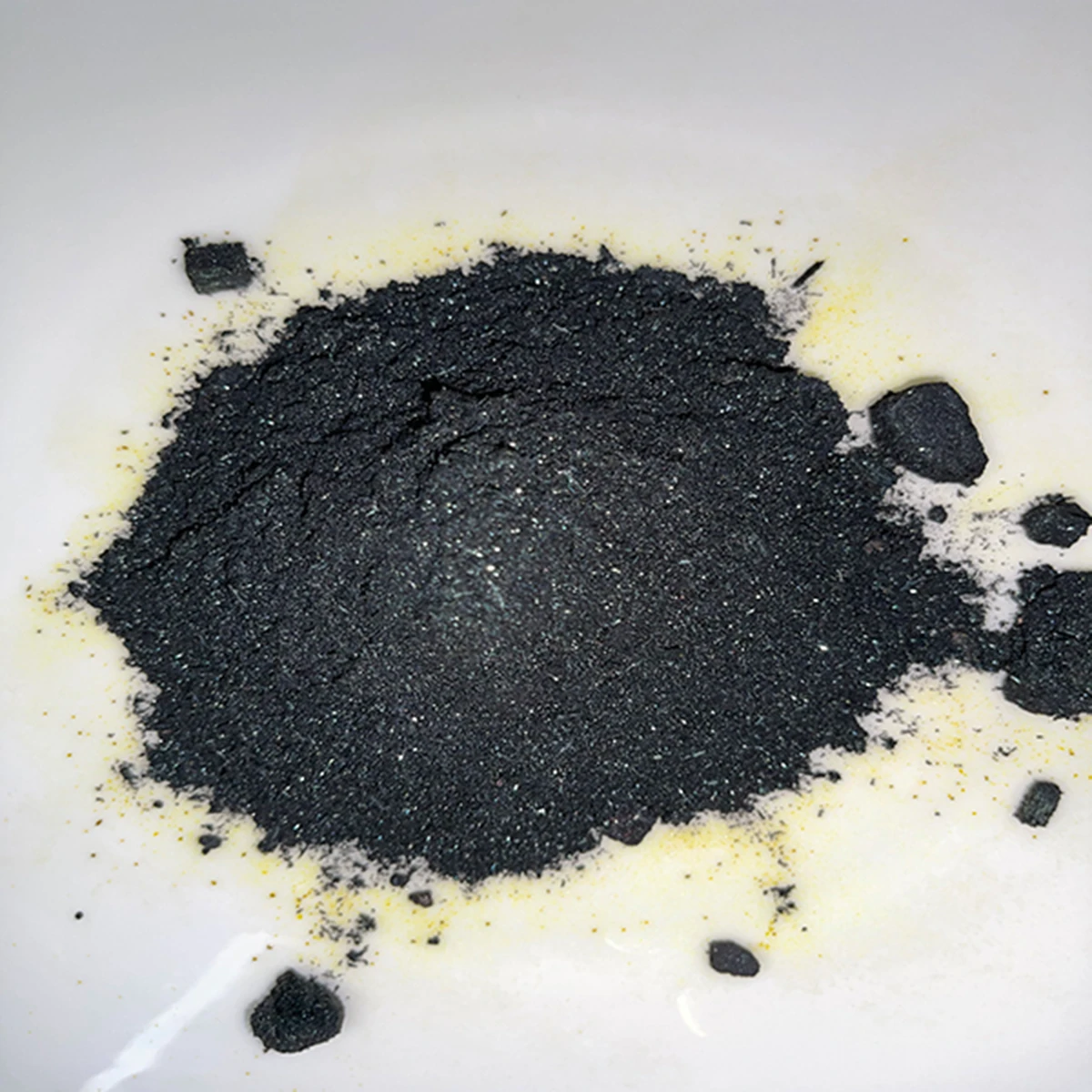



12 naoh
Understanding 12% NaOH Its Uses and Importance
Sodium hydroxide (NaOH), often referred to as lye or caustic soda, is a highly versatile chemical compound used in various industries and applications. One common concentration of NaOH used in laboratory and industrial settings is 12%. This specific concentration presents a balance between effectiveness and safety, making it suitable for a variety of applications.
Understanding 12% NaOH Its Uses and Importance
One of the primary uses of 12% NaOH is in the textile industry, where it is employed for the processing of cotton, silk, and other fibers. Its alkaline properties help in removing grease and impurities from raw materials. Additionally, NaOH plays a crucial role in the process of bleaching and dyeing fabrics, ensuring the end products are of high quality and aesthetically pleasing.
12 naoh

Furthermore, 12% NaOH is utilized in the manufacture of soap and detergents. The saponification process, wherein fatty acids react with an alkali to produce soap, benefits significantly from this concentration. The reaction produces not only soap but also glycerin, a valuable byproduct used in various formulations from skincare to food products.
In the field of water treatment, 12% NaOH is employed to neutralize acidic water and control pH levels, ensuring safe and clean water is delivered for consumption and industrial use. It helps in precipitating heavy metals from wastewater, thus playing a vital role in environmental protection.
Safety precautions are essential when working with 12% NaOH due to its caustic nature. Proper personal protective equipment, including gloves and goggles, should always be worn to prevent skin and eye contact. Furthermore, it should be stored in appropriate containers, clearly labeled, and kept away from incompatible substances, such as acids.
In conclusion, a 12% sodium hydroxide solution is an essential chemical in various applications ranging from textiles to water treatment. Its ability to perform effectively while being manageable in concentration makes it a valuable asset in laboratories and industries alike. Understanding its characteristics and proper handling can lead to significant benefits across multiple fields. As technology and industries evolve, the role of NaOH, especially at this concentration, will undoubtedly continue to expand.
-
Why Sodium Persulfate Is Everywhere NowNewsJul.07,2025
-
Why Polyacrylamide Is in High DemandNewsJul.07,2025
-
Understanding Paint Chemicals and Their ApplicationsNewsJul.07,2025
-
Smart Use Of Mining ChemicalsNewsJul.07,2025
-
Practical Uses of Potassium MonopersulfateNewsJul.07,2025
-
Agrochemicals In Real FarmingNewsJul.07,2025
-
Sodium Chlorite Hot UsesNewsJul.01,2025










